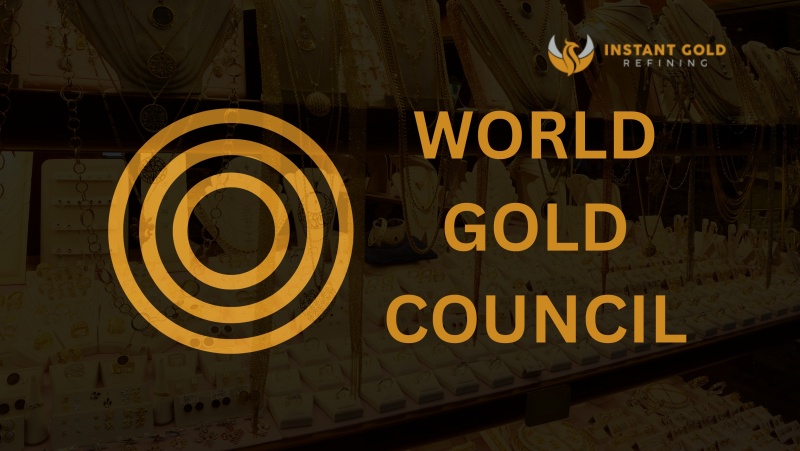A Glittering Overview of the Gold Market
An interesting and vibrant industry, the gold market is vital for the worldwide economy. The Shanghai Gold Exchange (SGE), the US futures market, and the London OTC market are the three major sites where gold is traded. The market is regulated by major suppliers and gold investors, primarily monetary agencies.
In the Gold Market, how important is supply?
- The quantity of gold extracted dropped by 7% during the years 2016 and 2021. Over the course of the past five years, the cost of precious metals has increased, probably in response to a decline in new supply. Precious metal price variations and the rate at which the total supply of those metals grows each year are strongly negatively related.
- A further instance that has a direct effect on the price of gold is gold production. The quantity decreased to a little under 3,000 metric tonnes yearly in 2020 and 2021 after reaching over 3,300 metric tonnes yearly in 2018 and 2019. The process of turning gold-containing ore into pure gold requires substantial financial, technological in nature, and intellectual inputs.
- Central banks throughout the world keep a total of about 35,715 metric tonnes (MT) of gold on standby. In accordance with data from the World Gold Council (WGC), central bank reserves of gold are at the highest point since 1950 in 2022. Numerous organizations, like central banks, mining companies, and many more, possess sizable gold reserves, which can directly affect the dynamics of supply in the market.
In the Gold Market, demand plays a key role.
Due to the unrest in the world economy, which has caused equities to fluctuate and the dollar to occasionally weaken, safe-haven gold prices have risen to almost record levels.
Jewellery Market: In many cultures, gold jewellery has been a common type of decoration and is frequently connected to special occasions, nuptials, and wealth. The World Gold Council estimates that 44% of the demand for gold in the first half of 2022 came from the jewellery business, which accounts for most of the industry’s yearly demand for metal.
Technology: The superior conductivity and corrosion resistance of gold makes metal valuable for use in a wide range of technical applications, notably electronics. The electrification trend contributes to the demand for gold in the industry. Gold’s technological and industrial applications in the manufacture of precise gadgets like GPS units and healthcare products like stents account for 7.5% of the demand for it in recent years.
Investment: Investors see gold as a safe-haven from challenges such as price inflation, currency volatility, and geopolitical issues. Gold in its physical form (bars and coins), ETFs (exchange-traded funds) backed by gold, gold contracts for futures and options, and gold mining equities are just a few of the possible investments for gold. Investors can buy and sell these assets, which hold the metal and release shares, exactly like stocks. Since 2020, gold ETFs have seen their biggest quarterly inflows. Several variables, including the condition of the economy, rate of interest, and customer attitude, might affect the demand for different investment possibilities.
What Affects Gold Prices?
- Because US dollars make up almost all the price of gold, the worth of the US dollar and the value of gold are inversely connected.
- Monetary policy and interest rates: The opportunity cost of possessing gold is impacted by rates of interest determined by central banks.
- Short-term changes in gold prices can be significantly influenced by the mood of the market and investor behaviour, which are motivated by elements like anxiety, greed, and gambling.
- Dynamics of the gold market: Elements unique to the gold market, including trade volume, availability, and instruments for investing.
- Geopolitical and macroeconomic events can have significant effects on gold prices, including wars, instability in politics, trade wars, and catastrophic weather.







